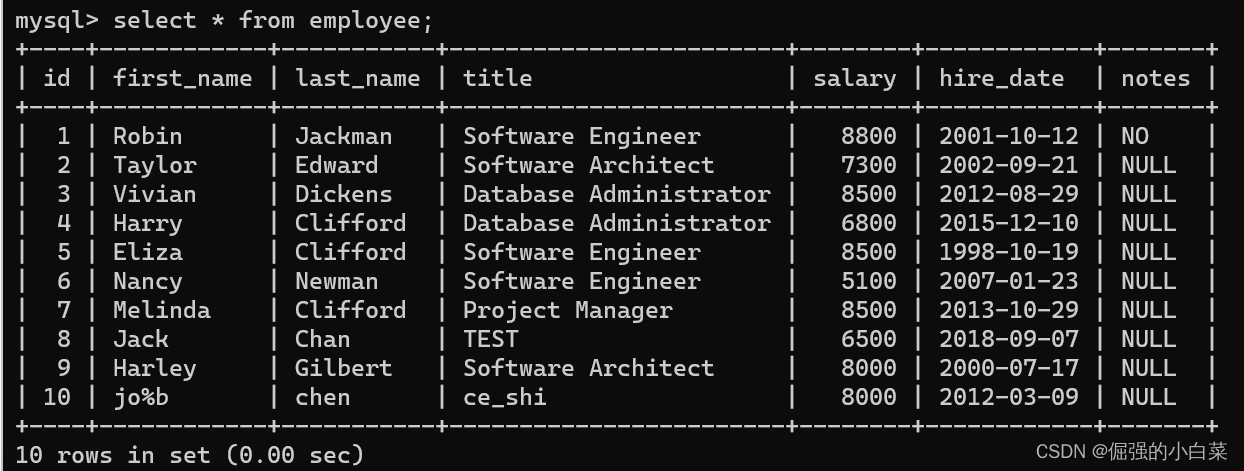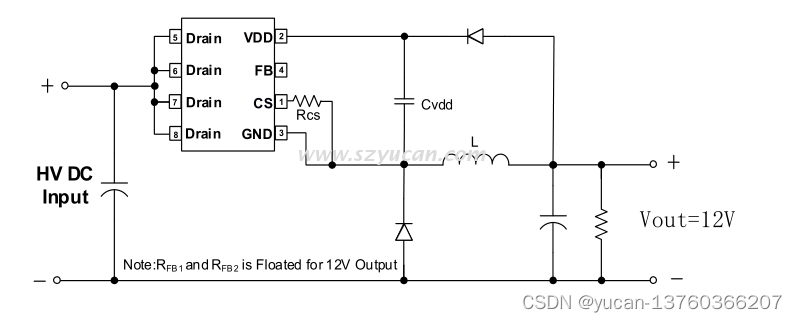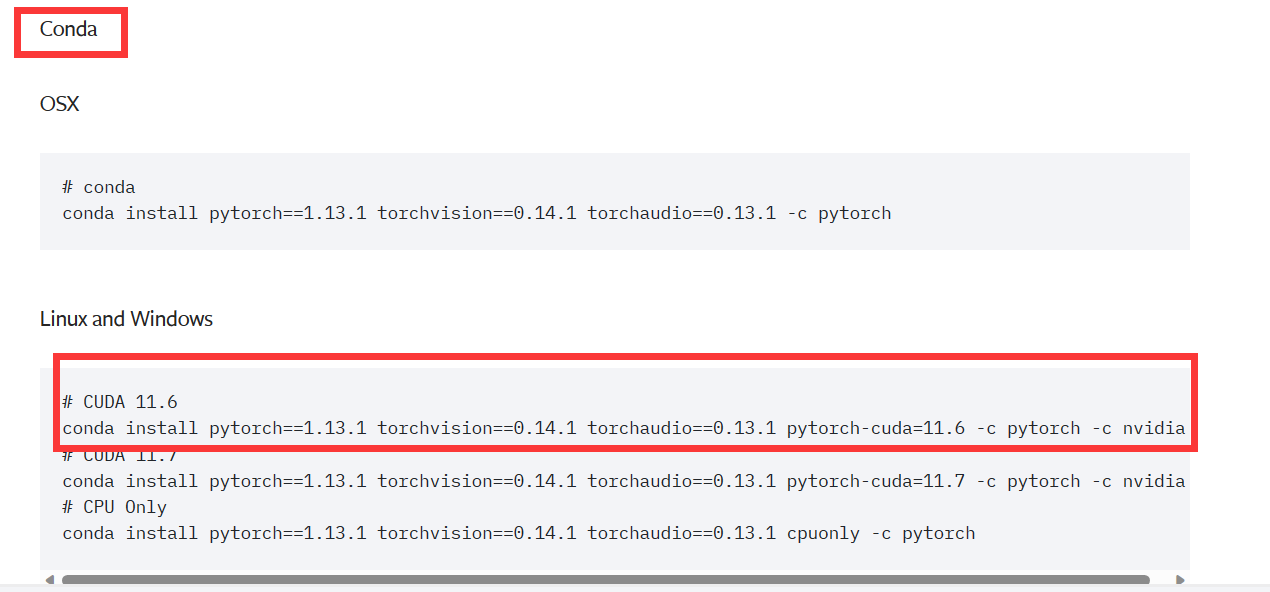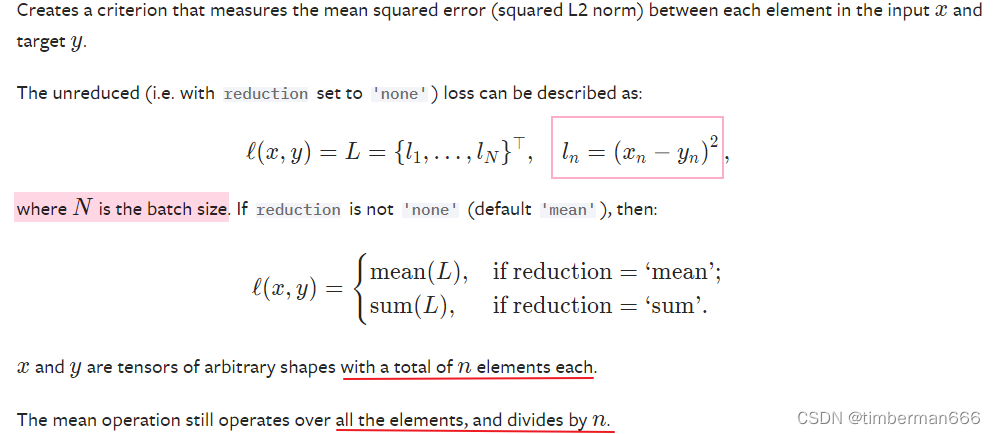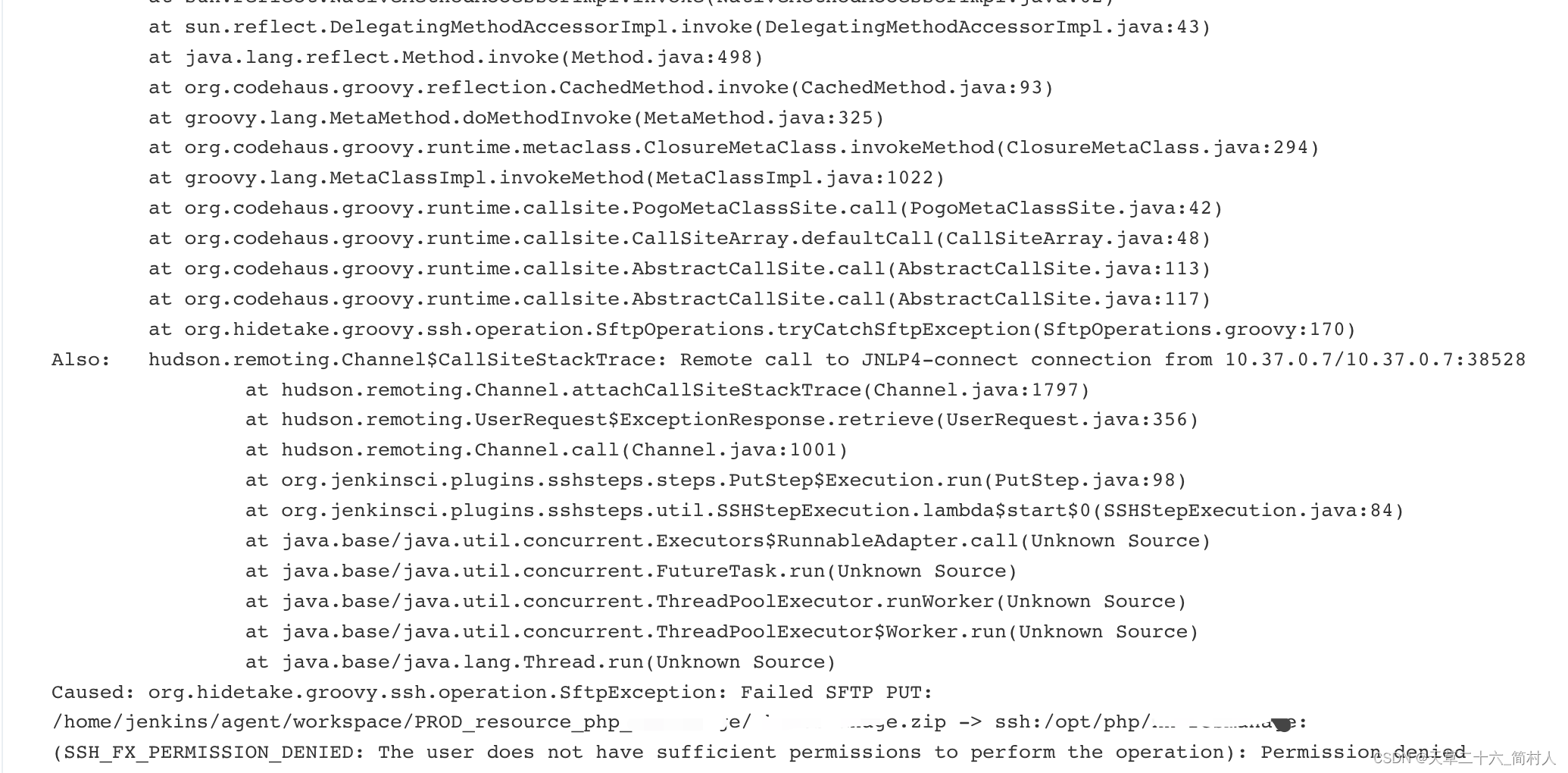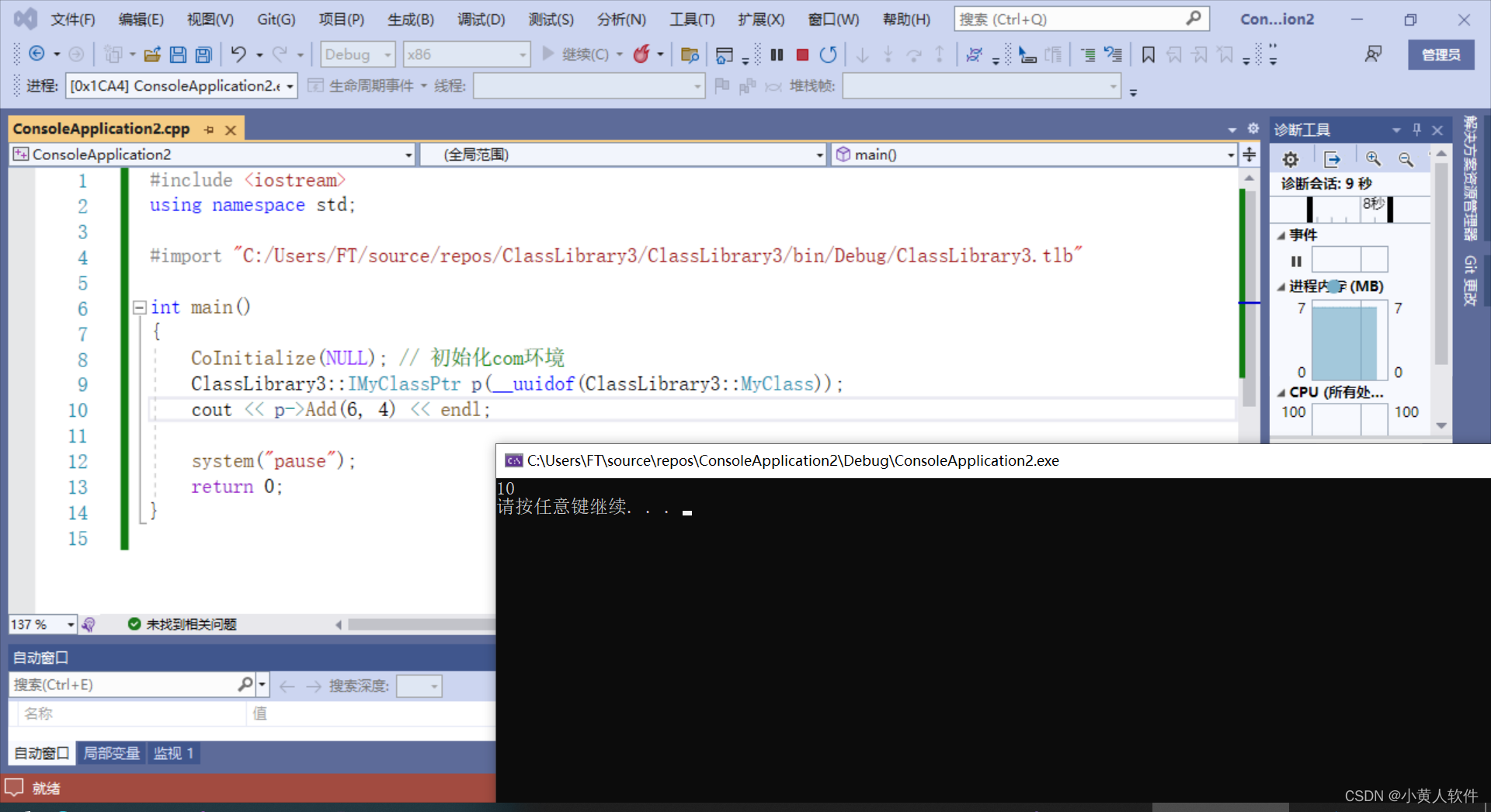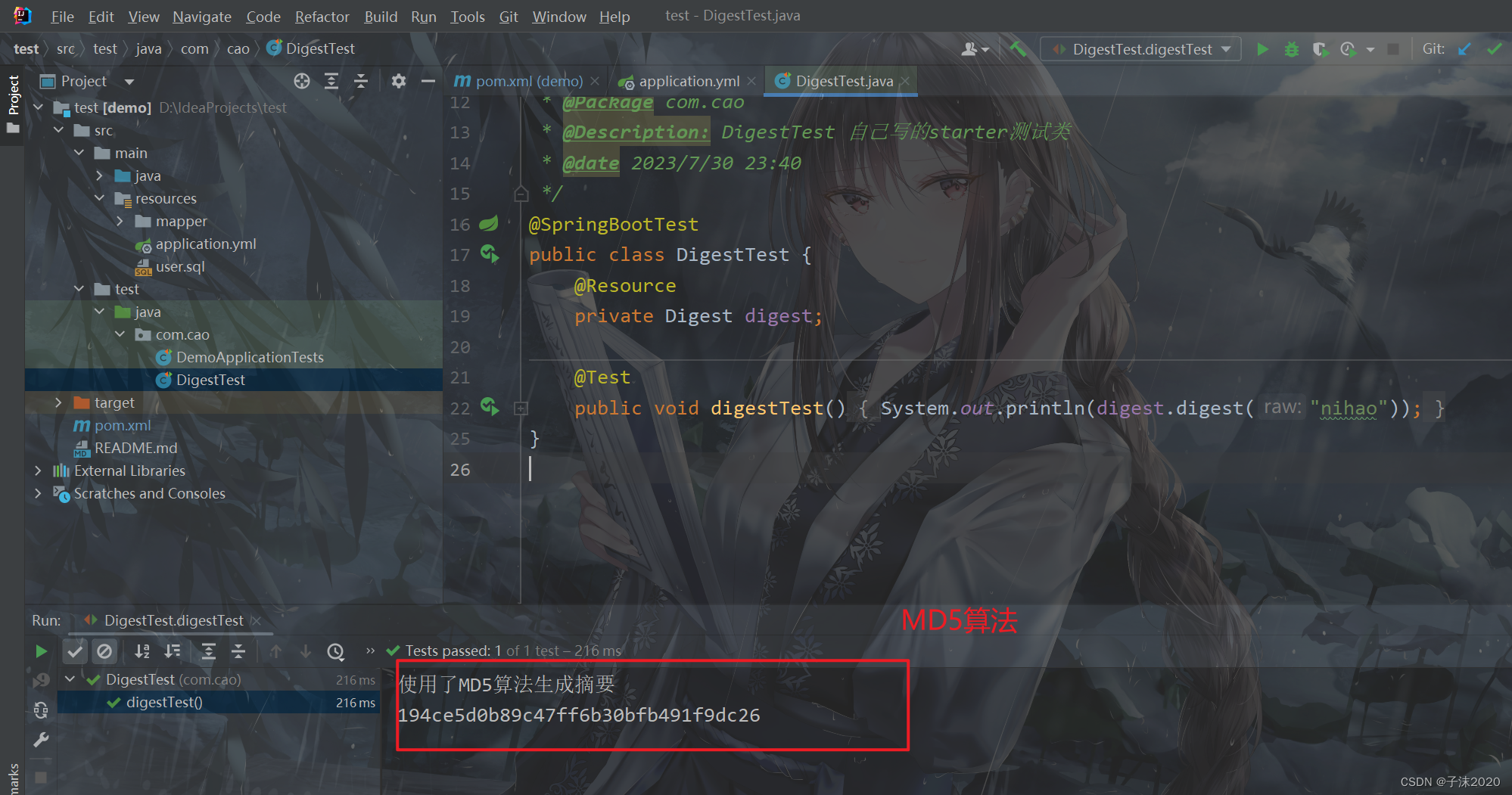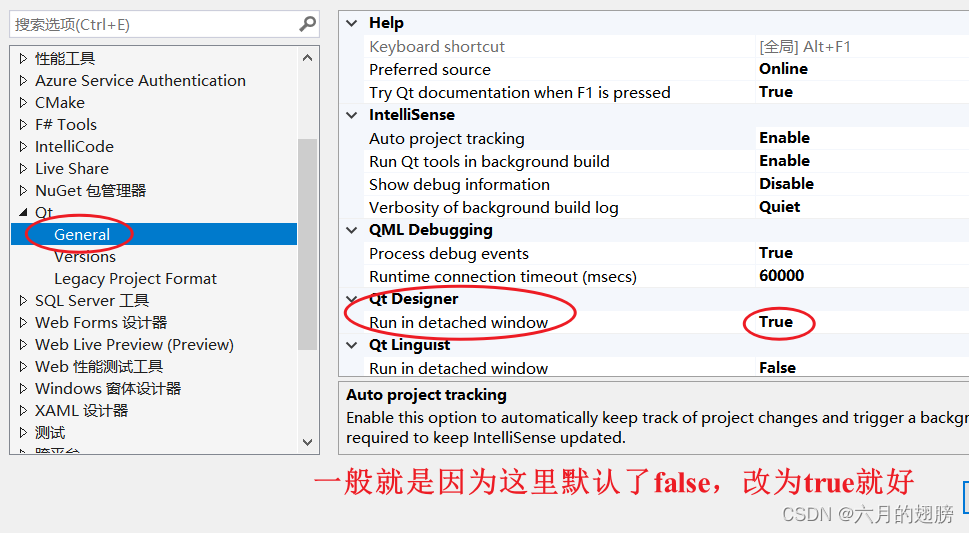1.设备树部分
首先在 imx6ull.dtsi 文件中已经帮我们定义好了一些pwm的设备树节点,这里以pwm2为例
pwm2: pwm@02084000 {
compatible = "fsl,imx6ul-pwm", "fsl,imx27-pwm";
reg = <0x02084000 0x4000>;
interrupts = <GIC_SPI 84 IRQ_TYPE_LEVEL_HIGH>;
clocks = <&clks IMX6UL_CLK_DUMMY>,
<&clks IMX6UL_CLK_DUMMY>;
clock-names = "ipg", "per";
#pwm-cells = <2>;
};
我们要在设备树(.dts)文件中引用和使能该节点,同时指定好pwm映射到的GPIO引脚(即pinctrl子系统,我这里映射到了GPIO1_9上)
&iomuxc {
pinctrl-names = "default";
pinctrl-0 = <&pinctrl_hog_1>;
imx6ul-evk {
......
......
/* SG90 PWM2 GPIO1_IO09 */
pinctrl_pwm2: pwm2grp {
fsl,pins = <
MX6UL_PAD_GPIO1_IO09__PWM2_OUT 0x110b0
>;
};
......
......
}
......
......
&pwm2 {
pinctrl-names = "default";
pinctrl-0 = <&pinctrl_pwm2>;
clocks = <&clks IMX6UL_CLK_PWM2>,
<&clks IMX6UL_CLK_PWM2>;
status = "okay";
};
使用pwm 只需要在设备树节点中添加两条属性信息,如下所示
pwms = <“&PWMn id period_ns>;
pwm-names = "name";
-
pwms :属性是必须的,它共有三个属性值
-
&PWMn 指定使用哪个pwm,在imx6ull.dtsi文件中定义,总共有8个可选;
-
id :pwm的id通常设置为0。
-
period_ns :用于设置周期。单位是ns。
-
pwm-names :定义pwm设备名字。(可以不设置)
最后在根节点下添加自己定义的节点
hc_sg90 {
compatible = "hc-sg90";
pwms = <&pwm2 0 20000000>; /* 使用pwm1 id为0 周期为20000000ns = 20ms */
status = "okay";
};
2.驱动代码部分
老一套的字符设备驱动框架:
- 驱动入口出口
- 驱动入口定义注册字符设备、创建字符设备节点、注册platform设备;
- 驱动出口反注册platfrom设备、删除字符设备节点、反注册字符设备
- 构建file_operations结构体
- 构建platform_device结构体,编写probe函数
如下代码所示:
#include <linux/module.h>
#include <linux/fs.h>
#include <linux/platform_device.h>
#include <linux/of.h>
#include <linux/gpio.h>
#include <linux/uaccess.h>
#include <linux/string.h>
#include <linux/interrupt.h>
#include <linux/irqreturn.h>
#include <linux/of_gpio.h>
#include <linux/slab.h>
#include <linux/device.h>
#include <linux/fs.h>
#include <linux/kernel.h>
#include <linux/wait.h>
#include <linux/sched.h>
#include <linux/timer.h>
#include <linux/gpio/consumer.h>
#include <linux/delay.h>
#include <linux/timekeeping.h>
#include <linux/wait.h>
#include <linux/irqflags.h>
#include <linux/pwm.h>
static int major;
static struct class *class;
static struct pwm_device *pwm_test;
static int sg90_probe(struct platform_device *pdev)
{
struct device_node *node = pdev->dev.of_node;
printk("sg90 match success \n");
if (node){
/* 从子节点中获取PWM设备 */
pwm_test = devm_of_pwm_get(&pdev->dev, node, NULL);
if (IS_ERR(pwm_test)){
printk(KERN_ERR" pwm_test,get pwm error!!\n");
return -1;
}
}
else{
printk(KERN_ERR" pwm_test of_get_next_child error!!\n");
return -1;
}
pwm_config(pwm_test, 1500000, 20000000); /* 配置PWM:1.5ms,90度,周期:20000000ns = 20ms */
pwm_set_polarity(pwm_test, PWM_POLARITY_NORMAL); /* 设置输出极性:占空比为高电平 */
pwm_enable(pwm_test); /* 使能PWM输出 */
return 0;
}
static int sg90_remove(struct platform_device *dev)
{
pwm_config(pwm_test, 500000, 20000000); /* 配置PWM:0.5ms,0度 */
pwm_free(pwm_test);
return 0;
}
static const struct of_device_id sg90_of_match[] = {
{ .compatible = "hc-sg90" },
{ }
};
static struct platform_driver sg90_platform_driver = {
.driver = {
.name = "my_sg90",
.of_match_table = sg90_of_match,
},
.probe = sg90_probe,
.remove = sg90_remove,
};
static int sg90_open (struct inode *node, struct file *filp)
{
return 0;
}
static ssize_t sg90_write (struct file *filp, const char __user *buf, size_t size, loff_t *offset)
{
int res;
unsigned char data[1];
if(size != 1)
return 1;
res = copy_from_user(data, buf, size);
/* 配置PWM:旋转任意角度(单位1度) */
pwm_config(pwm_test, 500000 + data[0] * 100000 / 9, 20000000);
return 1;
}
static int sg90_release (struct inode *node, struct file *filp)
{
return 0;
}
static struct file_operations sg90_ops = {
.owner = THIS_MODULE,
.open = sg90_open,
.write = sg90_write,
.release = sg90_release,
};
static int sg90_init(void)
{
major = register_chrdev(0 , "sg90", &sg90_ops);
class = class_create(THIS_MODULE, "sg90_class");
device_create(class, NULL, MKDEV(major, 0), NULL, "sg90");
platform_driver_register(&sg90_platform_driver);
return 0;
}
static void sg90_exit(void)
{
platform_driver_unregister(&sg90_platform_driver);
device_destroy(class, MKDEV(major, 0));
class_destroy(class);
unregister_chrdev(major, "sg90");
}
module_init(sg90_init);
module_exit(sg90_exit);
MODULE_LICENSE("GPL");
-
首先 struct device_node *node = pdev->dev.of_node; 获取子节点,在设备树插件中,我们把PWM相关信息保存在 hc_sg90 的子节点中, 所以这里首先获取子节点。
-
在子节点获取成功后我们使用 devm_of_pwm_get 函数获取pwm, 由于节点内只有一个PWM 这里将最后一个参数直接设置为NULL,这样它将获取第一个PWM。
-
依次调用 pwm_config、pwm_set_polarity、pwm_enable 函数配置**PWM、设置输出极性、 使能PWM输出,**需要注意的是这里设置的极性为正常极性, 这样pwm_config函数第二个参数设置的就是pwm波的一个周期内的高电平事件。
其中write函数中关于SG90的占空比计算就不多说了,根据如下图来计算吧

不难得出高电平时间每多出1ms(1000000ns) 对应角度多出9度的结论
则旋转到角度 1 度时,对应的高电平时间为 (500000 + 1000000)/9 ns(因为0度对应的高电平时间为0.5ms = 500000ns)
则旋转到角度 n 度时,高电平时间为 (500000 + n * 1000000)/9 ns
3.应用程序部分
运行示例: ./sg90_test 90 , 即转到90度的位置
#include <stdio.h>
#include <sys/types.h>
#include <sys/stat.h>
#include <fcntl.h>
#include <unistd.h>
#include <stdlib.h>
int main(int argc, char *argv[])
{
int fd;
int res;
unsigned char buf[1];
fd = open("/dev/sg90", O_WRONLY);
if(fd < 0)
{
printf("sg90 open failed\n");
return 0;
}
buf[0] = atoi(argv[1]);
write(fd, buf, 1);
close(fd);
return 0;
}


